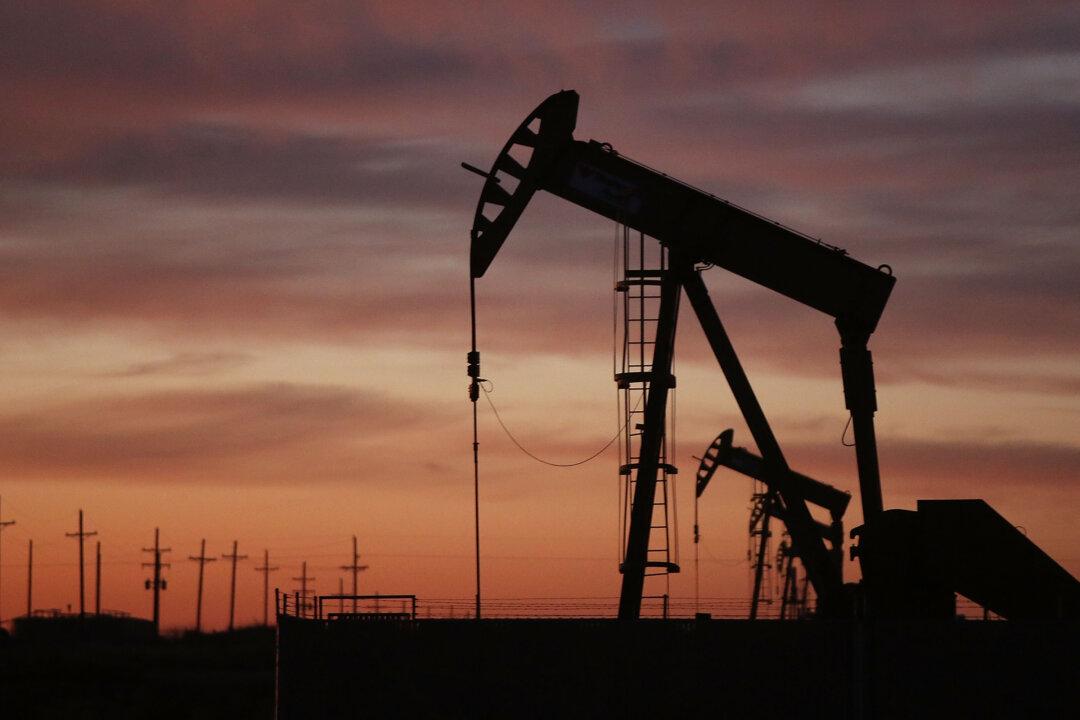Natural gas production in the United States is declining even as several countries, especially in Europe, are looking for alternative sources while they attempt to cut back dependence on Russian gas supplies.
The two areas that contribute the most to U.S. natural gas output, West Texas and the Appalachian region, are seeing slowing growth. Growth has slowed in Appalachia—which supplied about 37 percent of domestic gas in 2021—as energy companies are finding it increasingly difficult to build pipes to move gas out of Ohio, Pennsylvania, and West Virginia, according to Reuters.





